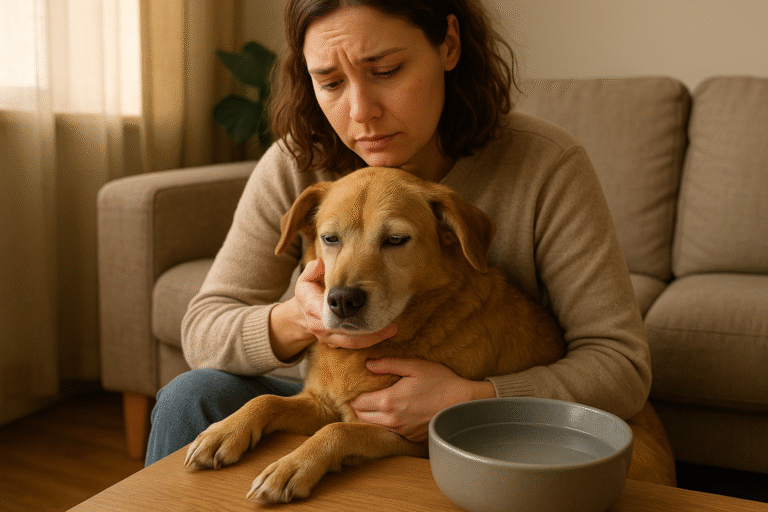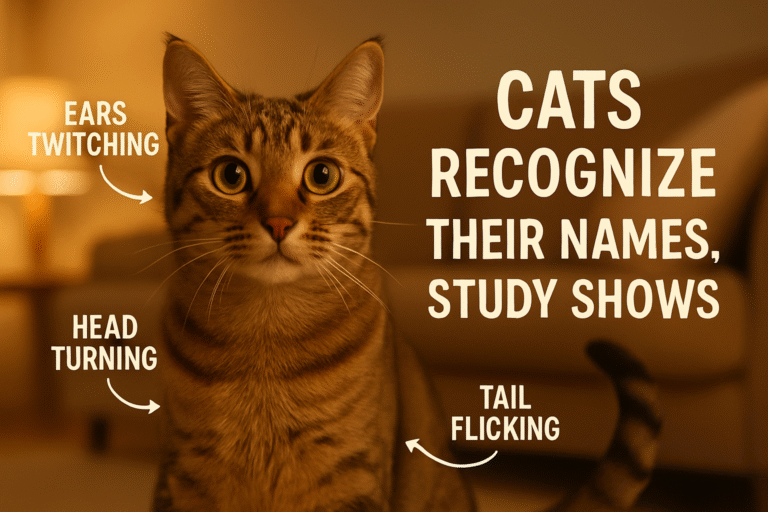Discover the top 10 reasons dog owners are switching to brain training methods, improving their pets’ cognitive abilities and strengthening their bond.
Table of Contents
ToggleTop 10 Reasons Why Dog Owners Are Switching to Brain Training Methods
In recent years, dog owners have increasingly turned to brain training methods to enhance their pets’ cognitive abilities, improve behavior, and strengthen their bond. This shift is attributed to the growing recognition of the importance of mental stimulation in dogs. Here are the top 10 reasons why dog owners are adopting brain training methods:
1. Enhanced Cognitive Abilities
Brain training stimulates a dog’s mind, enhancing their problem-solving skills and memory. Through interactive games and puzzles, dogs learn to think critically and adapt to new situations. As a result, their cognitive abilities are significantly improved, making them more responsive to commands and training.
2. Reduced Destructive Behavior
Dogs often engage in destructive behavior due to boredom or excess energy. Brain training provides a constructive outlet for their energy, keeping them mentally stimulated and reducing the likelihood of destructive behavior. By engaging their minds, dog owners can minimize damage to property and alleviate stress caused by destructive behavior.
3. Improved Obedience
Brain training methods focus on rewarding desired behavior rather than punishing undesired behavior. This approach fosters a positive learning environment, encouraging dogs to respond promptly to commands. As a result, dog owners can enjoy improved obedience and a stronger bond with their pets.
4. Increased Confidence
Brain training empowers dogs to make decisions and solve problems independently. By overcoming challenges, dogs build confidence and develop a sense of accomplishment. This confidence boost translates to other areas of their life, making them more resilient and better equipped to handle new situations.
5. Better Stress Management
Dogs, like humans, experience stress and anxiety. Brain training provides a healthy outlet for stress, allowing dogs to focus on problem-solving rather than worrying. By engaging their minds, dog owners can help their pets manage stress more effectively, leading to a more balanced and happy life.
6. Enhanced Communication
Brain training encourages dog owners to engage with their pets in a more meaningful way. Through interactive games and exercises, owners can better understand their dog’s thought process and behavioral patterns. This enhanced understanding fosters more effective communication, allowing owners to respond to their dog’s needs more accurately.
7. Reduced Anxiety
Dogs often experience anxiety due to a lack of mental stimulation. Brain training provides a constructive outlet for their energy, reducing anxiety and stress caused by boredom. By engaging their minds, dog owners can alleviate anxiety-related behavior, creating a more peaceful and calm environment.
8. Improved Socialization
Brain training can be adapted to social settings, allowing dogs to interact with other dogs and people while engaging in problem-solving activities. This socialization aspect of brain training helps dogs develop essential social skills, making them more confident and calm in the presence of others.
9. Increased Engagement
Brain training encourages dog owners to engage with their pets in a more interactive way. Through games, puzzles, and exercises, owners can build a stronger bond with their dogs, fostering a deeper understanding and connection. This increased engagement translates to a more fulfilling relationship between dog and owner.
10. Long-Term Cognitive Health
Research suggests that mental stimulation can help prevent cognitive decline in dogs. By engaging their minds through brain training, dog owners can support their pet’s long-term cognitive health, reducing the risk of age-related cognitive decline.

Unlock Your Dog’s Hidden Intelligence
Discover a proven dog training system that helps eliminate bad behavior and boosts your dog’s intelligence. Created by a certified dog trainer, it's fun, easy, and effective!

Train Your Pet the Smart Way
Kingdom of Pets offers expert training guides for dogs, cats, and other pets. Say goodbye to bad behavior with proven, humane techniques trusted by thousands of pet owners worldwide.
How to Get Started with Brain Training
Getting started with brain training is simple and straightforward. Here are some steps to follow:
- Consult a Professional: Consult with a professional dog trainer or behaviorist to determine the best brain training approach for your dog.
- Choose Interactive Games: Select interactive games and puzzles that challenge your dog’s problem-solving skills and memory.
- Start Slow: Begin with simple exercises and gradually increase the difficulty level as your dog becomes more confident.
- Make it Fun: Make brain training a fun and engaging experience for your dog, using positive reinforcement techniques and rewards.
- Be Consistent: Consistency is key when it comes to brain training. Set aside time each day to engage in brain training activities with your dog.
Tips for Effective Brain Training
Here are some tips to keep in mind when engaging in brain training with your dog:
- Use Positive Reinforcement: Reward desired behavior with treats, praise, and affection. Keep it Short: Engage in short training sessions to avoid overwhelming your dog.
- Rotate Activities: Rotate activities and games to keep your dog engaged and challenged.
- Monitor Progress: Monitor your dog’s progress and adjust the training approach as needed.
- Make it challenging: Gradually increase the difficulty level of exercises to keep your dog engaged and stimulated.
Conclusion
Brain training offers a wide range of benefits for dogs, from enhanced cognitive abilities to improved obedience and reduced destructive behavior. By engaging their minds through interactive games and exercises, dog owners can build a stronger bond with their pets, fostering a deeper understanding and connection.
Whether you’re looking to improve your dog’s behavior or simply want to provide them with a more stimulating environment, brain training is an excellent approach to consider.
Frequently Asked Questions (FAQs)
1. What is brain training for dogs?
2. How does brain training differ from traditional dog training?
3. Can brain training help with my dog’s bad behavior?
4. Is brain training suitable for all dog breeds and ages?
Absolutely. Brain training can be adapted for puppies, adult dogs, and senior dogs of all breeds. It’s especially helpful in maintaining long-term cognitive health in older dogs.
5. Will brain training make my dog smarter?
6. How much time should I spend on brain training each day?
7. What types of activities are included in brain training?
8. Can brain training help reduce my dog’s anxiety?
9. Do I need professional help to start brain training my dog?
10. Where can I find reliable brain training programs?
11. How soon will I see results from brain training?
12. Can brain training improve my bond with my dog?
Recent Posts









Related Topics
Copyright © 2025 The Pet Blog – Expert Tips, Care Guides & Fun Facts for Every Pet Lover.

